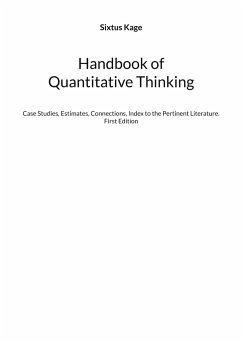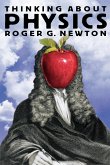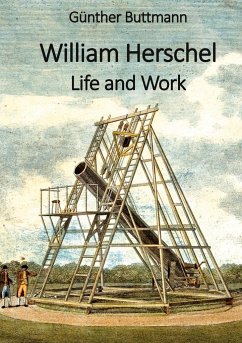This Handbook of Quantitative Thinking provides an interconnected and unusually thorough look at the world around us. From small things such as soap bubbles to big things such as ships and buildings, quantitative questions are posed and answered in comprehensive case studies. When necessary, rough estimates are provided. How much soap is in a soap bubble? What is the volume and the weight of the water film enclosing a soap bubble? What is the thickness of a line drawn with a pencil? How many carbon dioxide molecules does a burning candle produce per photon of visible light emitted? How many sugar cubes can keep you alive for 90 days? How much oxygen does a field tree produce per year? How many shiploads of liquefied natural gas (LNG) would Germany need per year, if all central heating units ran on gas imported from overseas? By how much is a church tower shorter owing to the compression of the bricks and the mortar under the weight of the structure? How much energy is needed globally for making bread and cooking rice? How does that figure relate to Germany's total energy demand. Since they are deeply interested in the physical world around them, children, physicists and engineers will surely like the questions raised in this book and the answers given. Future consultants may have to answer questions like the following ones in job interviews: What is a needle in a haystack in ppm or ppb? How many trees per year do you need to supply a country with toothpicks? The book also contains an index of quantitative data occurring in the case studies and in other sources, sorted by type and magnitude. The bibliography alerts the readers to a multitude of books covering related subject matter.
Hinweis: Dieser Artikel kann nur an eine deutsche Lieferadresse ausgeliefert werden.
Hinweis: Dieser Artikel kann nur an eine deutsche Lieferadresse ausgeliefert werden.








